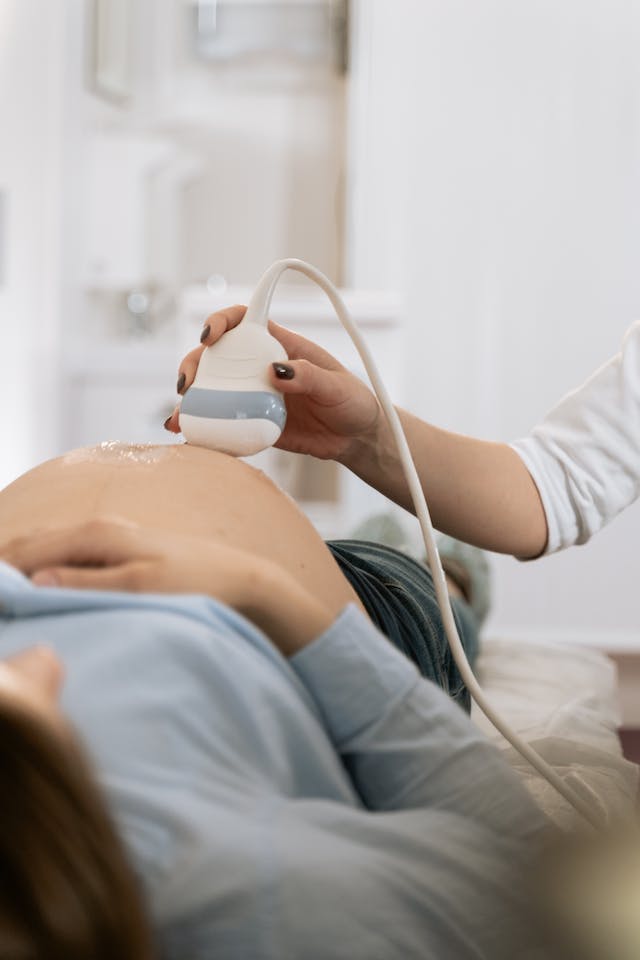BRI REPRODUCTIVE IMMUNOLOGY
DR. ANDREA VIDALI
155 East 76th Street
Suite 1H
New York, NY 10021
Recent Blog Posts
Request Your CONSULTATION
Click below to request a Consultation with Our Medical Team. He will review your history so that together you and he can determine your need for our services.
Understanding Endometriosis: Symptoms, Causes, and Treatment Options
 In this comprehensive blog post, we will delve into the various aspects and increase our understanding of endometriosis, drawing on medical sources and data to provide a detailed understanding of this condition.
In this comprehensive blog post, we will delve into the various aspects and increase our understanding of endometriosis, drawing on medical sources and data to provide a detailed understanding of this condition.
Endometriosis is a complex and often challenging condition that affects millions of women worldwide. It is a chronic disorder in which tissue similar to the lining of the uterus (endometrium) grows outside of the uterus, leading to pain, inflammation, and potential fertility issues. Understanding the symptoms, causes, and treatment options for endometriosis is crucial for early diagnosis and effective management.
Symptoms of Endometriosis
Endometriosis can present with a wide range of symptoms, and the severity can vary from woman to woman. Some of the common symptoms include:
- Chronic pelvic pain that may worsen during menstruation
- Painful periods (dysmenorrhea)
- Pain during sexual intercourse (dyspareunia)
- Heavy or irregular menstrual bleeding
- Painful bowel movements or urination during menstruation
- Fatigue
- Infertility or difficulty getting pregnant
It is essential to note that the severity of symptoms does not necessarily correlate with the extent of endometrial tissue growth. Some women with mild endometriosis may experience severe pain, while others with extensive tissue growth may have minimal symptoms.
Causes of Endometriosis
The exact cause of endometriosis is not fully understood, but several theories have been proposed by medical researchers. Some of the potential causes include:
Retrograde Menstruation
One common theory suggests that during menstruation, some menstrual blood flows backward through the fallopian tubes and into the pelvic cavity. This blood contains endometrial cells, which can attach and grow on the pelvic organs and tissues.
Genetic Factors
Endometriosis tends to run in families, suggesting that there may be a genetic predisposition to the condition.
Immune System Dysfunction
An abnormal immune response may allow the growth and survival of endometrial tissue outside the uterus.
Hormonal Imbalance
Hormones play a significant role in endometrial tissue growth and shedding during the menstrual cycle. Imbalances in hormones like estrogen and progesterone may contribute to the development of endometriosis.
Diagnosing Endometriosis
Diagnosing endometriosis can be challenging and may require a combination of medical history, physical examinations, imaging studies, and minimally invasive procedures. Some of the methods used to diagnose endometriosis include:
Pelvic Exam
During a pelvic exam, a healthcare provider may feel for any abnormalities or masses in the pelvic area.
Ultrasound
Transvaginal ultrasound may be used to visualize the pelvic organs and detect endometrial growths.
Magnetic Resonance Imaging (MRI)
MRI can provide detailed images of the pelvic organs, helping to identify endometrial growths.
Laparoscopy
This is the most definitive method for diagnosing endometriosis. During laparoscopy, a thin, lighted tube (laparoscope) is inserted through a small incision in the abdomen to visualize and biopsy any suspicious tissue.
Treatment Options for Endometriosis
The goal of endometriosis treatment is to manage symptoms, improve quality of life, and, if desired, preserve fertility. The choice of treatment depends on factors such as the severity of symptoms, the extent of tissue growth, and the woman’s reproductive goals. Treatment options include:
Pain Medications
Over-the-counter pain relievers like ibuprofen can help manage mild pain associated with endometriosis. For severe pain, stronger prescription medications may be prescribed.
Hormonal Therapies
Hormonal treatments, such as birth control pills, hormonal intrauterine devices (IUDs), and GnRH agonists, can help regulate the menstrual cycle and reduce the growth of endometrial tissue.
Excision Surgery
Laparoscopic excision surgery is the gold standard for treating endometriosis. During this minimally invasive procedure, the surgeon removes the endometrial tissue and any adhesions while preserving healthy tissue.
Fertility Preservation
For women who desire to preserve their fertility, surgical and hormonal treatments that preserve ovarian function and function of the fallopian tubes can be considered.
Assisted Reproductive Technologies (ART)
For women with infertility due to endometriosis, in vitro fertilization (IVF) and other ART procedures can help achieve pregnancy.
Understanding Endometriosis Conclusion: Get Expert Care for Endometriosis and Infertility
If you’re experiencing symptoms of endometriosis or facing challenges with fertility, don’t wait any longer. Dr. Andrea Vidali and his compassionate team at the Endometriosis Treatment Center are here to help you on your journey to better health. Take the first step towards relief and schedule a consultation today. Discover personalized treatment options tailored to your unique needs and regain control of your reproductive health.
Contact Information:
Dr. Andrea Vidali
Endometriosis Treatment Center
308 Willow Ave
First floor, C/O Women’s Center
Hoboken, NJ 07030
516-584-8710
